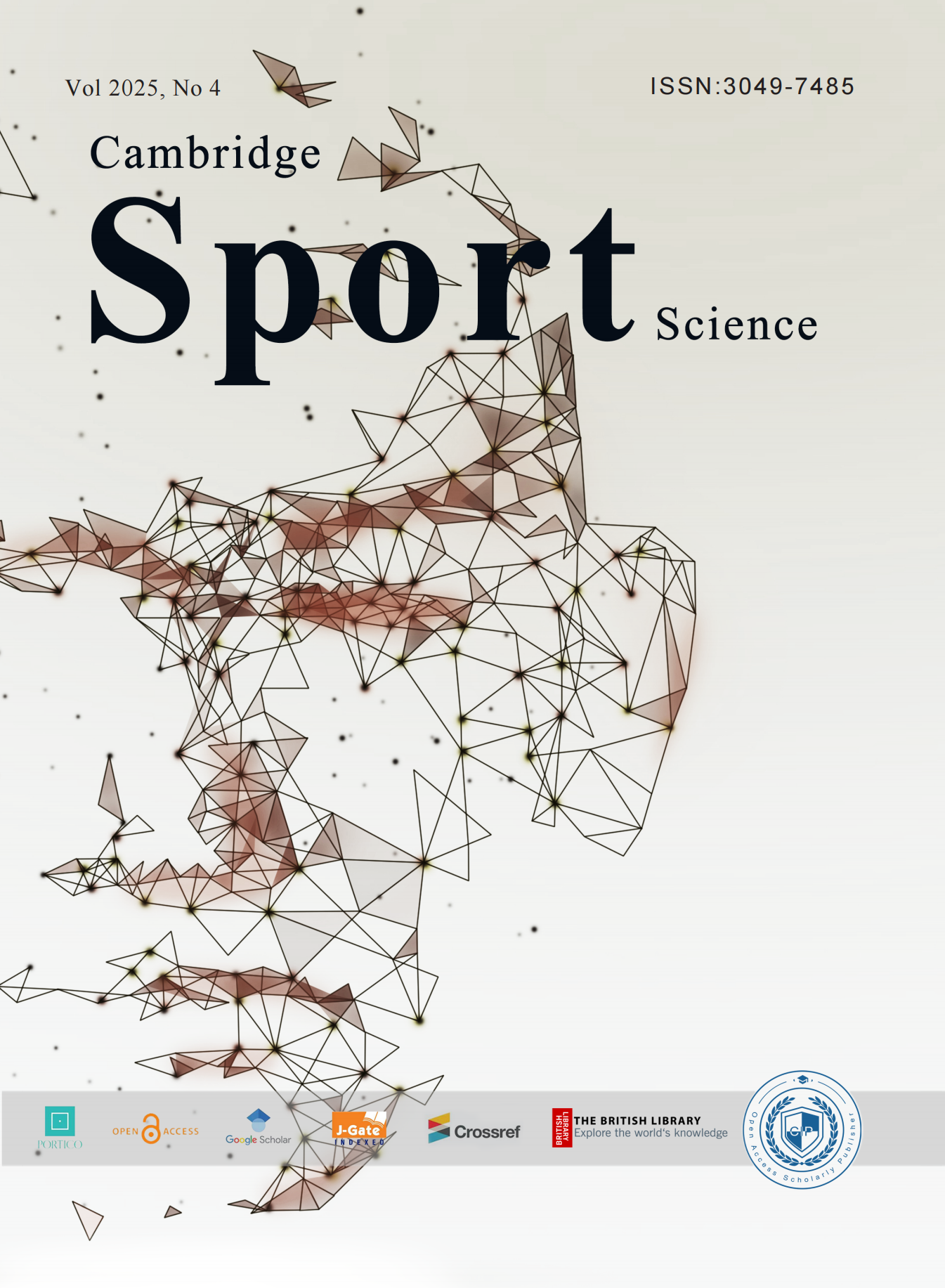Published 22-09-2025
Keywords
- Applied undergraduate education,
- Sports courses,
- Construction,
- Volleyball curriculum system
Copyright (c) 2025 Cambridge Sport Science

This work is licensed under a Creative Commons Attribution-NonCommercial 4.0 International License.
How to Cite
Abstract
In applied undergraduate education, the reform of sports courses should be in line with the school's educational philosophy and positioning, and be consistent with the school's training program. In the construction of sports courses, it is necessary to meet the needs of students' lifelong development as well as the needs of cultivating students' professional physical fitness and professional ethics. At the same time, the construction of the sports curriculum system must respect the subject nature and comprehensiveness of knowledge of sports courses, and pay attention to the synergy with the students' majors. Adjustments should be made in curriculum content, teaching methods, and course evaluation to play the role and status of sports courses in the training of applied talents.
References
- Tian Jing, Zheng Yile. Research on the Development of Sports Curriculum Content Resources from the Perspective of Value Judgment[J]. Journal of Guangzhou University of Sport, 2008, 28(3): 107-110.
- Chen Shaoqing, Yang Guoqing. Construction and Application of the “3+1” Classification System of Sports Teaching Methods[J]. Journal of Shenyang University of Physical Education, 2011, 30(1):76-78.
- Feng Xiaoli. Classification of Sports Teaching Methods[J]. Sports Science,2004,24(1):53-55.
- Peng Xiaowei, Yang Guoqing. On the Establishment of the “Three-Tier, Three-Standard” Classification System of Sports Teaching Methods[J]. Journal of Sports Science,2010,17(5):56-59.

